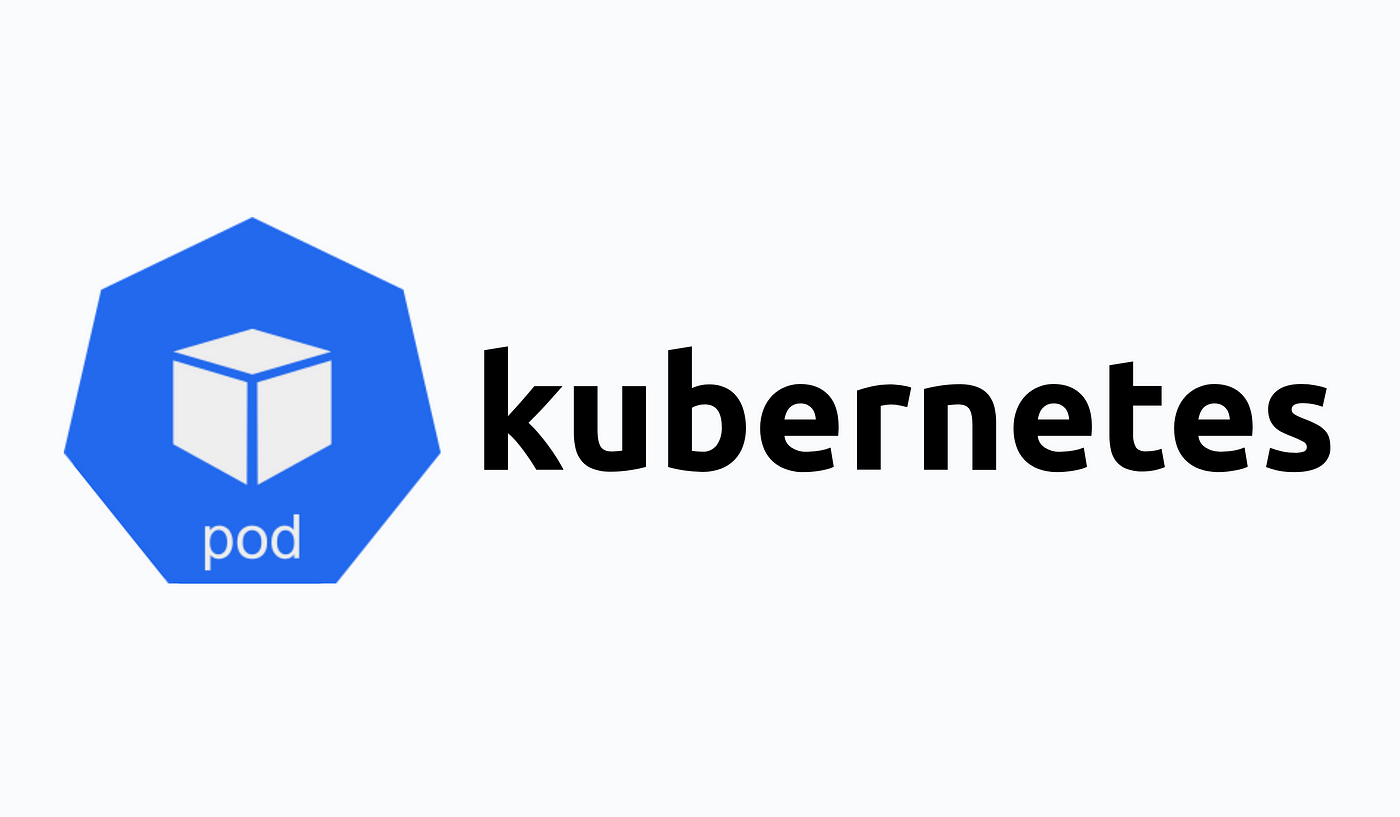Pods in Kubernetes are called ephemeral because they are designed to be temporary, short-lived, and replaceable. Here's a detailed explanation of why pods have this characteristic:
1. Pods Are Not Permanent by Design
Pods Are the Smallest Deployable Units: In Kubernetes, a pod is the smallest and simplest unit that you can create or deploy. It represents a single instance of a running process in your cluster and can contain one or more tightly coupled containers that share the same network namespace, storage volumes, and other resources.
Designed for Flexibility and Replaceability: Pods are intentionally designed to be disposable and replaceable. Instead of persisting individual pods, Kubernetes focuses on ensuring that the desired state of your application is maintained (such as the number of replicas) by recreating or rescheduling pods when necessary.
2. Pods Can Be Recreated at Any Time
Lifecycle Management: Pods have a finite lifecycle. They can be started, stopped, rescheduled, or terminated for various reasons (such as updates, scaling events, or node failures). If a pod is terminated, Kubernetes will not try to restart it; instead, it may create a new pod as a replacement.
Automatic Rescheduling: If a node (a machine or VM running in your cluster) fails or becomes unavailable, the pods running on that node are terminated. Kubernetes detects this failure and schedules new pods on other available nodes to maintain the desired state.
3. Pods Are Tied to Nodes
- Node Affinity: Pods are scheduled on specific nodes by the Kubernetes scheduler based on resource requirements and other constraints. If a node becomes unavailable or is drained for maintenance, the pods on that node are evicted and rescheduled on other nodes. This contributes to their ephemeral nature since their existence is tied to the state and availability of the underlying node.
4. Pods Are Replaced During Updates
- Rolling Updates and Deployments: When you perform rolling updates or change a Deployment, ReplicaSet, or StatefulSet, Kubernetes terminates the old pods and creates new ones to apply the updates. This is done to ensure that changes are applied smoothly without downtime, which means that old pods are deleted, and new ones take their place.
5. Pods Are Not Designed for Long-Term State
- Stateless by Nature: In Kubernetes, pods are generally designed to be stateless. This means that any data stored within a pod (in the filesystem of the container) is lost when the pod is terminated or rescheduled. For stateful workloads, Kubernetes uses mechanisms like Persistent Volumes (PV) and Persistent Volume Claims (PVC) to provide durable storage that exists independently of the pod lifecycle.
6. Pods Are Often Recreated by Controllers
- Controllers Manage Pods' Ephemerality: Kubernetes uses controllers (like Deployments, StatefulSets, DaemonSets, etc.) to manage the lifecycle of pods. These controllers ensure that a specific number of pod replicas are always running. If a pod fails or is terminated, the controller will create a new pod to replace it, further emphasizing the ephemeral nature of pods.
Key Takeaways
Pods Are Replaceable: They are not intended to be treated as static or permanent; instead, they are replaceable, dynamic entities.
Pods Are Short-Lived: They can be recreated or terminated at any time due to updates, failures, rescheduling, or scaling events.
Focus on Desired State: Kubernetes focuses on maintaining the desired state of your application, and pods are managed accordingly to achieve that state.
Conclusion
The ephemeral nature of pods allows Kubernetes to provide a highly flexible, resilient, and self-healing system that automatically adapts to changes in application state, resource availability, and infrastructure conditions. This approach is key to building cloud-native applications that can scale, update, and recover automatically.
Would you like to explore more about how Kubernetes handles pod management or any other aspect of Kubernetes architecture?

